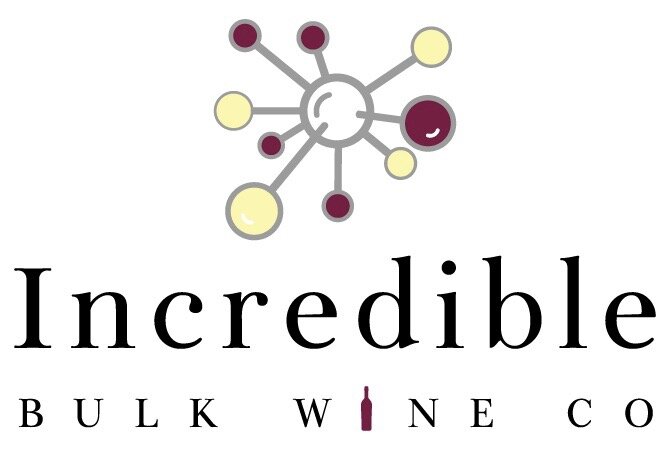I was fortunate enough to get to sit down and taste with a client yesterday that was looking at a broad variety of bulk wines yesterday.
It took me back to the IBWSS (International Bulk Wine and Spirits Show) that takes place in Amsterdam every November. I noticed that in the Old World, there is a great deal of pride taken in bulk wine sales. Sharply dressed, professional salespeople, presenting excellent wines in sleek packaging was a mind blowing experience for me.
In the American Wine Industry, bulk wine is usually sent as an afterthought, an apology, or emanating from an internal disappointment that the wine couldn’t be sold or used for a higher, more profitable purpose. The amount of care that European wineries put into their bulk wine presentation is rarely seen on the North American continent.
We are standing in an arena now where nearly every wine company is entering the bulk space, to some degree or another. We need to practice intentionality, creativity, and put spit and polish on the packaging for bulk wines that we’re trying to sell.
One supplier stood head and shoulders above the rest in yesterday’s tasting. They included technical tasting sheets on every wine they submitted. They included personal vignettes about the family’s move towards sustainability in their farming practice, and personal, hand written notes were included expressing gratitude for reviewing their wines.
I can not overstate how far this went. On the same table where wines labeled in blue painter’s tape, or white avery labels without personality, the winning wines in the tasting all were from the supplier that cared to add a personal touch, like they would when submitting wines to a distributor, retailer, or for scoring.
A brilliant colleague told me at this year’s Unified Symposium, “The wineries that survive this mess will have to get a helluva lot better at selling it!” I could not agree more. Myself included.
Let’s raise a glass to those trying to raise the bar in this market and lead us into better days.
